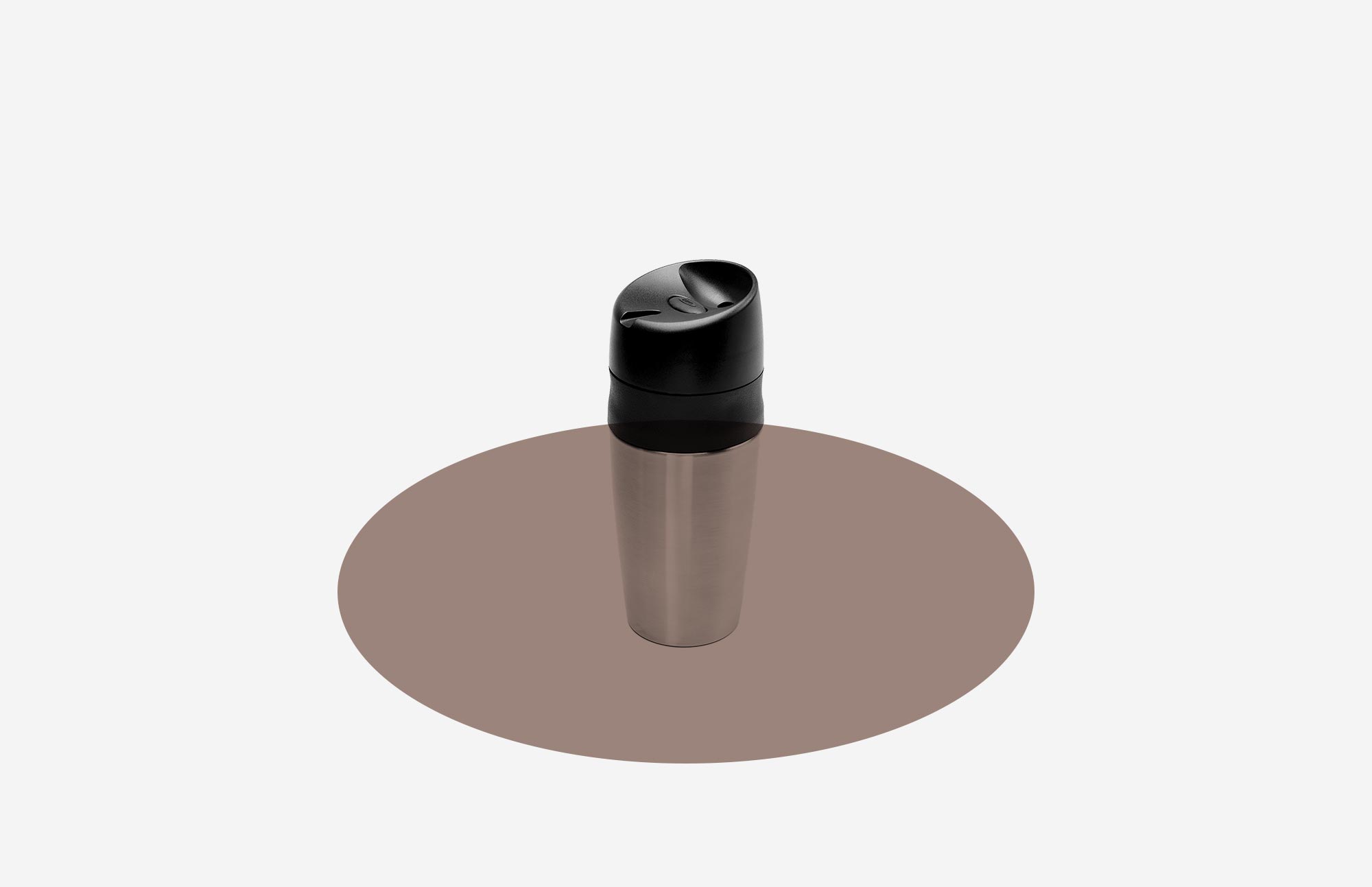Design is How it Works

The other day I got on Amazon this used book from Jay Greene “Design is How it Works” it was literally a penny, I usually only get the Kindle editions of all my books, but for that price, this time, I got a luxurious hardcover book. Paper smells so good actually.
Ever wondered what it takes for the successful companies to turn their products into iconic brands every other time? There are companies that seem to have a really easy time with making everything they do turn into success stories. At times it seems like they never run into challenges or problems that make them think twice about the products that they are designing. But is that true? Of course no, it’s just that we never get to see the whole picture as outsiders.
We live in a world where the market is obsessed with the final product and often disregards how much work goes on behind the scenes regarding the engineering and design process. This process it’s actually so much work that it’s hard to document yet it holds the secret of the product success.
Turning an idea into a concept, and making it work in the long run is not one of the easiest things to do, but there are brands that can do it over and over again.
Jay Green takes on this phenomenon, defining how important it is for brands to establish a culture where design reigns supreme. Design has to be a part of the DNA of the company for this to work, and there is no other way.
Gathering information around successful design processes is usually very hard because all the top tier brands in the world are highly secretive around them, but in this book Jay has in-depth discussions with top executives and can reveal some essential elements that define their success stories.
Design, according to Steve Jobs, is not just about what the product feels like or what it looks like, but essentially about how it works.
If something cannot perform the function that it is supposed to present to the consumers, then having it around is pointless in the first place.
Design thinking
Design thinking is a new concept in the business world. Sadly, not so many executives are even aware of how to go about it. The biggest challenge for some of these executives lies in the fact that it is impossible to tag measurable terms on to design thinking. It is not even something that gets tackled in business retreats.
Design according to the big and successful brands, is not just about the form and style, but it is about rethinking products in such a manner that they work for the consumers in real life.
Design in the twenty-first century is about creating experiences that consumers cannot get elsewhere and satisfying needs they never knew they had. A design culture starts with the CEO, who must allow the organization to rethink its innovation process and perhaps even its business processes. It requires experimenting, making mistakes, revisiting decisions, testing and trying different ideas — without worrying about quantifying risk, cost overruns, and other basics in a numbers-oriented business.
Successful Working Examples
Jay in this book introduces us to eight successful design centered companies: Porsche; Nike, LEGO, OXO; REI; Clif Bar; Ace Hotels; and Virgin Atlantic. These companies are of different sizes, in different industries and locations, new and old, publicly traded and privately held to show that design is something in which any company can succeed.
Here are my top 3 favorite examples of design thinking companies;
Porsche they brought the best designers together, and pitting them against one another and the Cayenne, a bestseller car, was born.
Luna energy bar from Clif was all about paying attention to the needs of the customers, and we all know how much of a revolution it has been in the industry.
The LiquiSeal mug by OXO was once touted as an epic fail, in fact one of the biggest failures of the decade. However, with attention to detail, they were able to turn this gigantic failure into one of the finest success stories ever.
Conclusion
For a technology writer like Greene, this is not just any other writing, this is about focusing on the critical element that design brings to the creation of successful products.
Design is one of the most important things, too important to be taken lightly, or even as an afterthought the way a lot of business owners do these days.
Design is not about aesthetics anymore. It is all about customer experiences. As a matter of fact, customer experience is all there is to business.